Take a Stroll through the Shadows
Like many people, when I hear the phrase, “Italian food,” the first dishes to come to mind are pizza and pasta. Both are certainly Italian, but they are not the specialties for every region. For instance, while it’s possible to get pizza in Venice, the best is in southern Italy, where it originated. As for pasta, you will find it in Venice, but other starches are also common, such as polenta (cornmeal mush), rice and beans.
My advice? Spend your dough on pizza when you visit Naples, but when in Venice, eat as the Venetians do.
Like most Europeans, Italians tend to eat dinner later than we do in the USA. If your tummy is rumbling at 6 p.m. consider taking a giro al’ ombra, meaning, “stroll through the shadows.” You won’t find this uniquely Venetian tradition elsewhere in Italy, which is all the more reason to give it a try. Basically, a giro al’ ombra is what Venetians call their traditional pub crawl. Ombra means “shadow” and refers to a time when merchants kept their wine cool by wheeling their carts from one shady spot to another. Today, ombra is Venetian slang for a small glass of wine.
Cicchetti is the local version of happy hour snacks, and you can easily make a meal of them by wandering from one bar to the next, or by ordering a mixed plate of cicchetti and staying put. Dining this way lets you sample lots of different dishes. Typical cicchetti snacks may include: meat balls, boiled eggs with anchovies, fried veggies, moscardini (little octopus) with polenta, and fried crab claws.
To begin your stroll through the shadows you need to search out Venice’s bàcari, which are small bars frequented by locals. To find them you need to wander away from the main touristy areas such as St. Mark’s Square. A couple good starting points for your stroll could be either the Ca’ d’Oro – Alla Vedova (Cannaregio 3912, Ramo Ca’ d’Oro) or the Antico Dolo, which is near the Rialto Bridge (778 San Polo. Ruga Vecchia S. Giovanni). While those are both good bàcari to visit, Venice is such a maze of ancient alleyways that it is hard to find places even when you have the exact address. Plus, who knows where you will be by the time you are hungry?
That’s why even if, like me, you usually have a list of specific restaurants you wish to try when traveling, I recommend doing things differently in Venice because it is such a labyrinth. Here it’s better (and less stressful) to wait until hunger strikes, then look for bàcari off the beaten path that don’t seem touristy. In other words, if the place doesn’t have a doorman pulling people in, photos of pizzas in the window and/or a menu translated into five different languages it’s worth checking out. In fact, you may not even find a menu at the best bàcari!
Even if you don’t take a giro al’ ombra, Venetian cuisine is quite unique. With both a lagoon and the Adriatic Sea in easy reach, its traditional recipes rely heavily on creatures such as duck, crabs, octopus and cuttlefish. Here are some traditional Venetian foods to try when you visit:
Bigoli
Bigoli is Venice’s only traditional pasta. It’s long and slightly thicker than spaghetti, with a hole in the center like a straw. In the old days men were the ones who rolled it out because the dough is so tough.
Baccalà
Dried cod, or Baccalà, became popular in Venice back when religious rules forbade eating red meat on certain days. After all, dried cod keeps all year long, even when the fish aren’t biting. Baccalà Mantecato (creamed cod) served on toasted bread is a popular cicchetti dish.
Seppie col nero
Like squid and octopus, cuttlefish also produce dark-colored ink to escape predators. Seppie col nero is a Venetian dish in which cuttlefish is served in its own ink. Whether served with polenta, pasta or as the base for risotto, this ink gives the dish its characteristic black color.
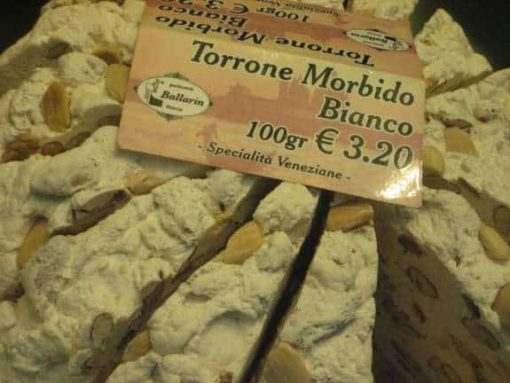
Risi e bisi
Risi e bisi is the city’s best-known risotto (rice dish) and is made with rice and peas. In medieval times, the city’s leader, the Doge, would eat risi e bisi on April 25th of each year in a public ceremony commemorating Venice’s patron saint, St. Mark.
Moleche
Moleche are small green crabs native to the Venetian lagoon. Served fried in their soft shell state, they are considered a delicacy and are only available the spring and the fall. Moleche are closely monitored to prevent over-fishing and are even raised on local farms.
Torrone
Fluffy white and full of almonds, Torrone is the Italian confection which allegedly inspired the Milky Way candy bar. In southern Italy, Torrone is hard and crunchy, but in Venice it is soft and creamy, nearly like fresh mozzarella, and can be highly addictive.
The above list is just a small sampling of the unique cuisine of Venice. Depending on the time of year you visit, you will discover all sorts of interesting dishes to try for yourself.
Photos: Courtesy of author
You might also enjoy
Tui Snider is passionate about exploring the world, and loves sharing what she finds at home and beyond in her travel writing and photos. You can find her online at Discovering-Dallas-Fort-Worth.com, mentalmosaic.com/blog and on Twitter @mentalmosaic. Her top three travel destinations are Italy, London and anywhere a cruise ship will take her.
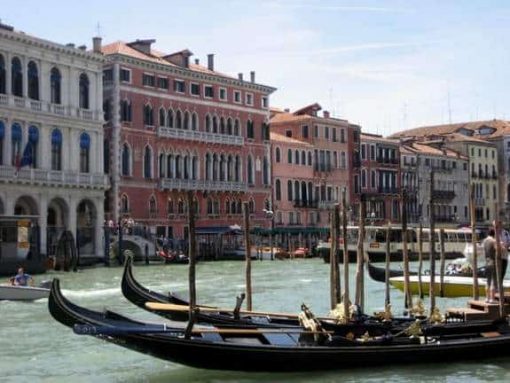
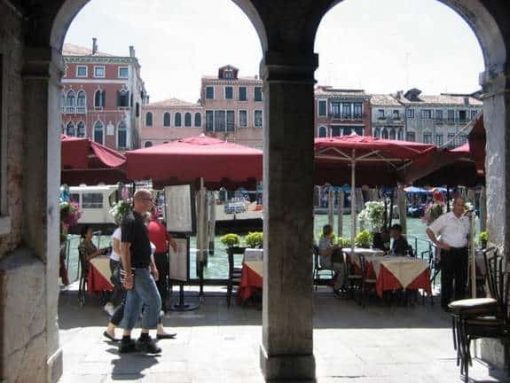
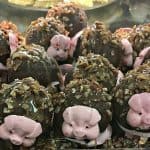
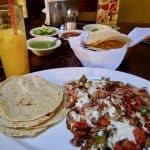

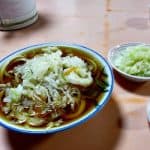
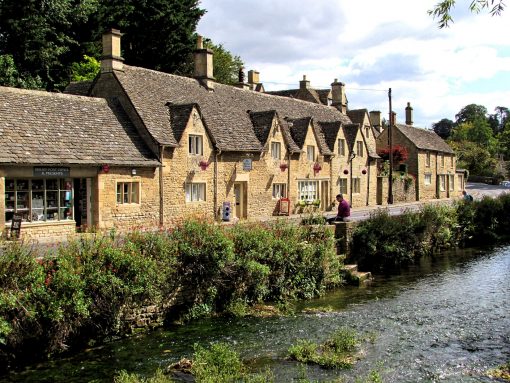
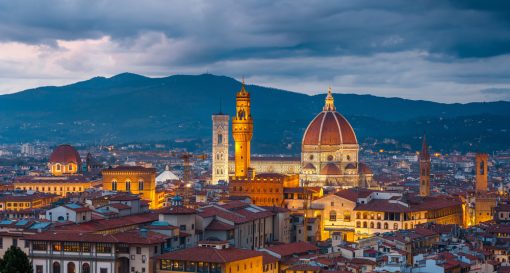
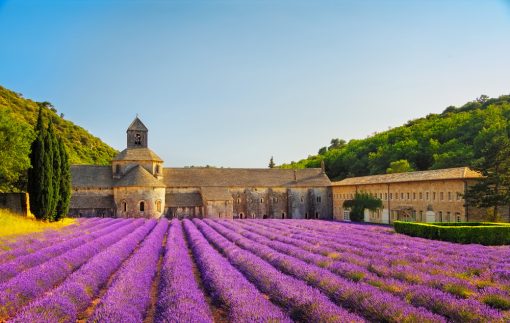
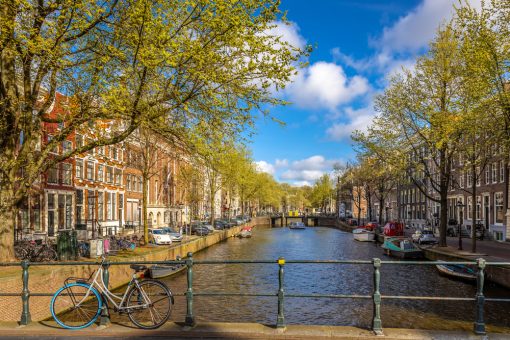
Your article is very good, I just would like to say that giro d’ombre isn’t a slang.
The Venetian isn’t a dialect of the Italian language, is one of the dialects of lingua veneta (Veneto’s language) which is protected by UNESCO.
So, Venetians speak both Italian and Venetian, as well as Catalans speak Catalan and Spanish.